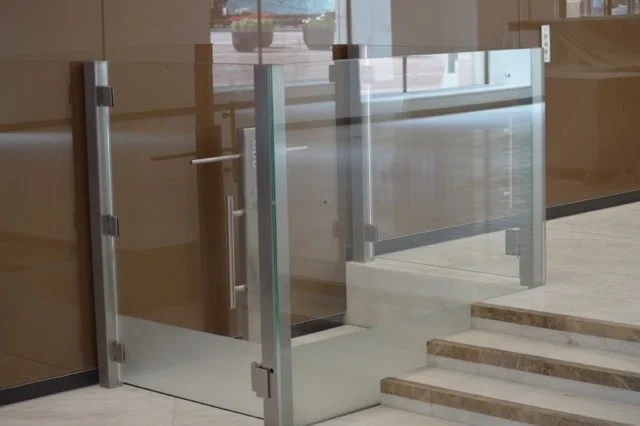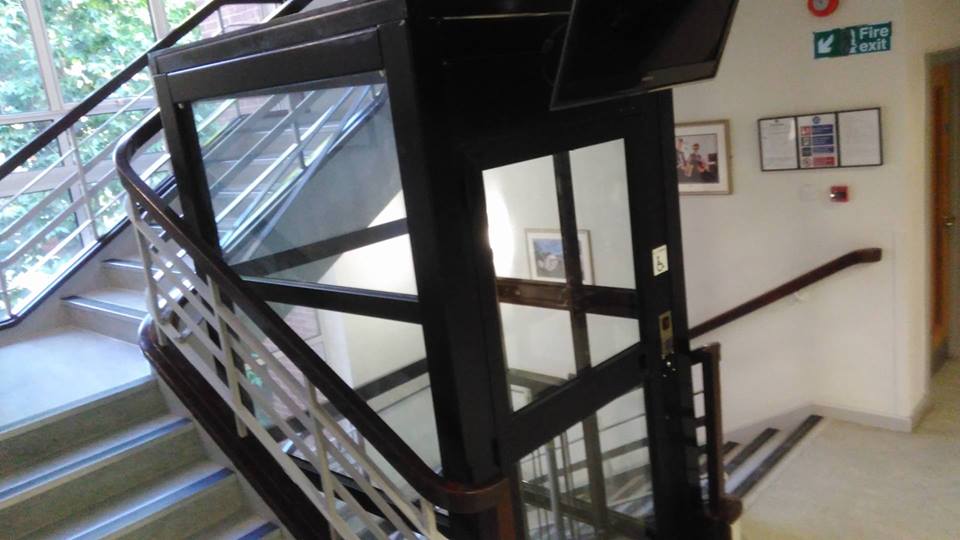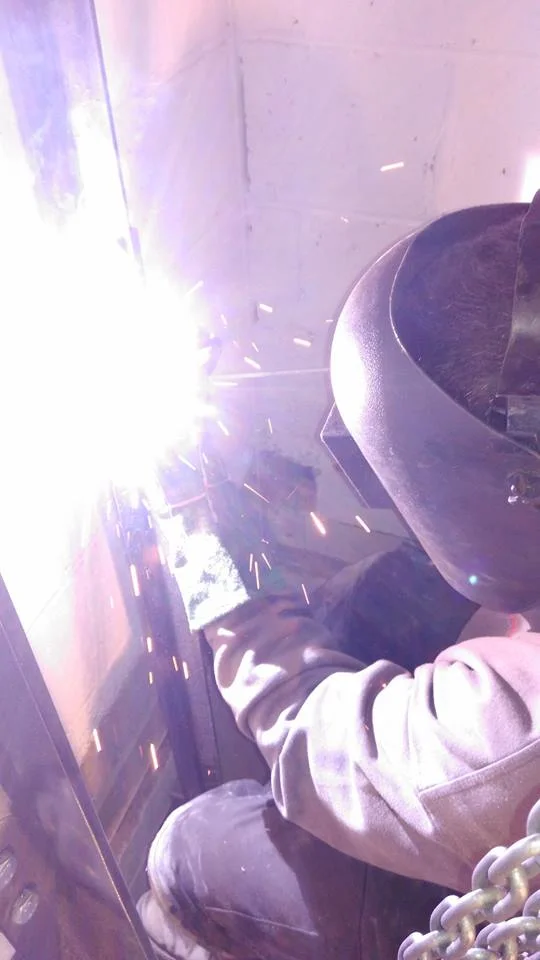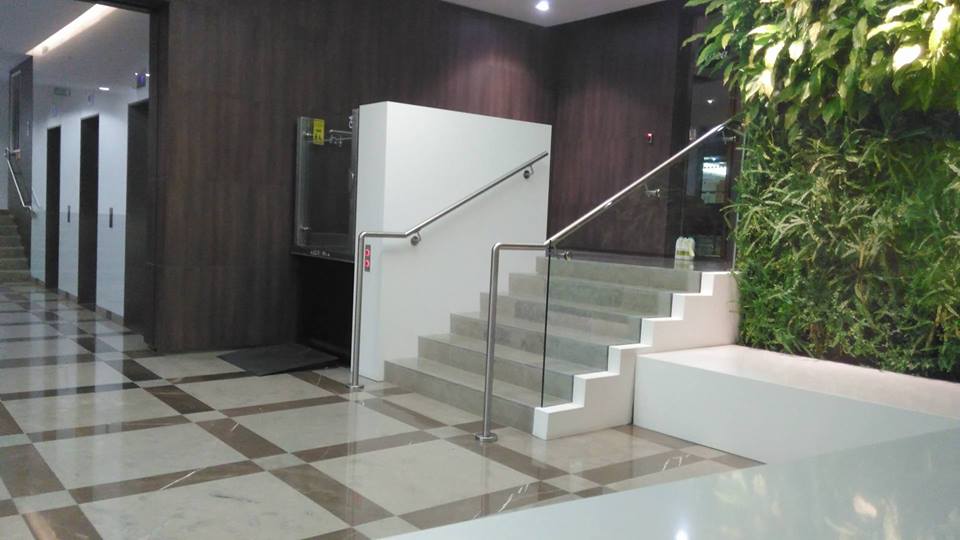Over the past 20 years, there has been a race to build the tallest skyscrapers in the world, and as a natural consequence of this, a race to build the tallest and fastest passenger lift to carry passengers to the uppermost floors.
The first example of this came in 1998 with the topping of the Petronas Twin Towers in Kuala Lumpur, but the first record-breaking tower lift came with the Taipei 101 tower in 2004.
At the time the tallest tower in the world, the Taipei 101 also set records with the speed of its lift system, with an unbelievable at that time speed of 37.7 miles per hour.
For comparison, the previous record-holder was the Yokohama Landmark Tower lift, which could only reach 28 miles per hour, meaning Taipei 101’s lifts were nearly 35 per cent faster.
This record would last for over a decade, until the world’s second-largest tower, Shanghai Tower, would finally beat it, as well as take the Burj Khalifa’s record for the furthest-travelling lift in the world.
The single-deck lift could travel at 40 miles per hour in normal conditions and up to 46 miles per hour during testing, shattering the record set by Taipei 101, and at the time looking to be unbreakable.
However, one final tower, the Guangzhou CTF Finance Centre, would manage to break this record, by travelling at an astonishing 47 miles per hour, which itself led to some complex technology to make such a journey bearable for passengers.
The air pressure is adjusted to avoid popping ears, and the lifts have magnet synchronous motors and rollers to help keep the ride as smooth as possible.
In terms of how fast lifts can go, one prediction by Hitachi, the company that made the fastest lift in the world, it is unlikely that lifts will go any faster than 53 miles per hour, due to the problems of air pressure that could make such a fast ascent unpleasant for passengers.




























